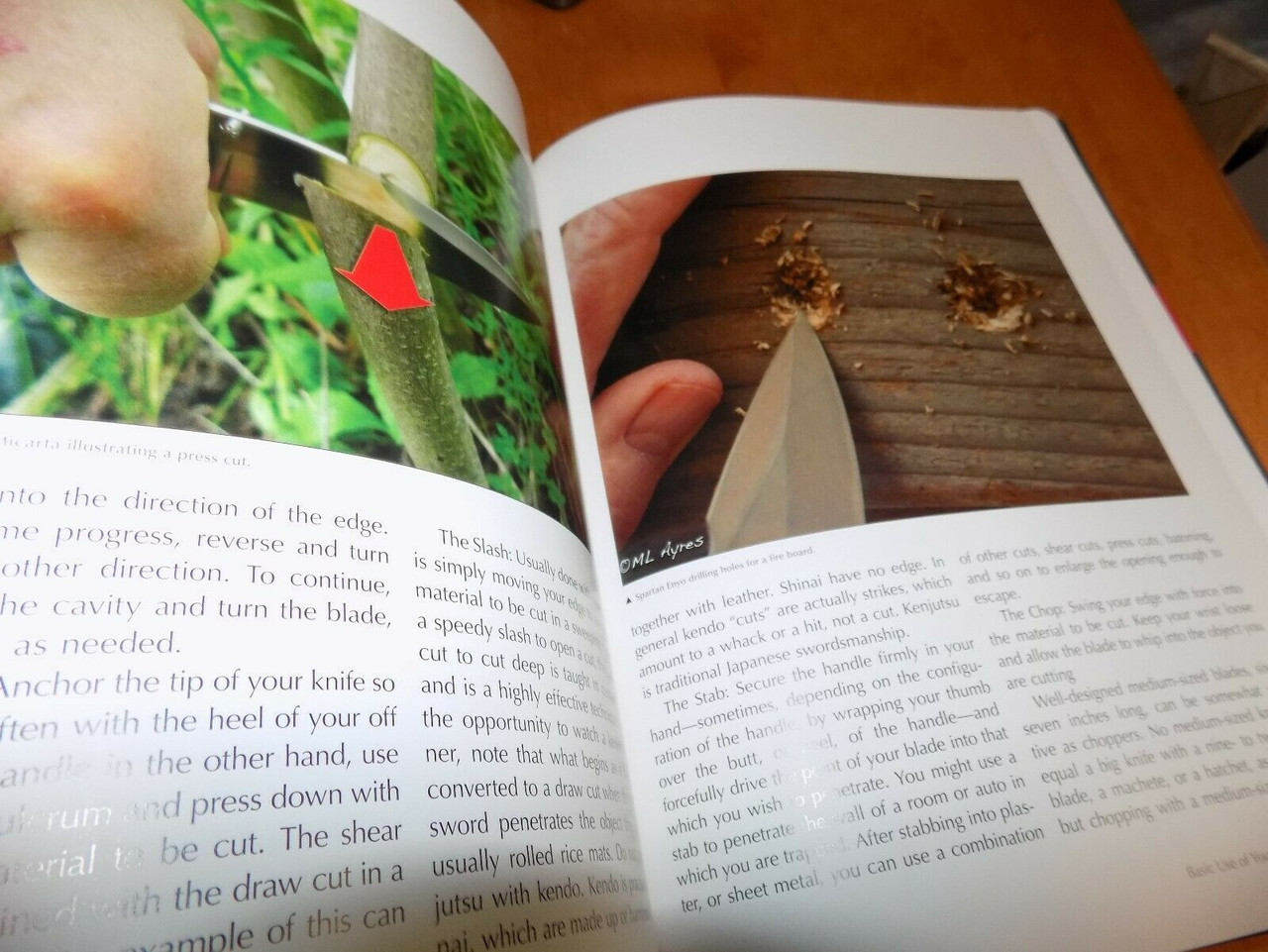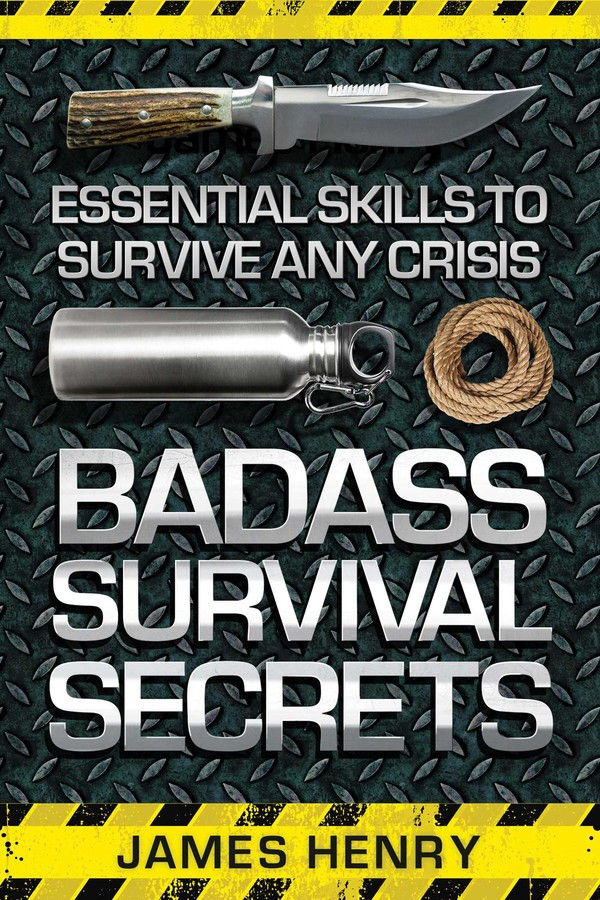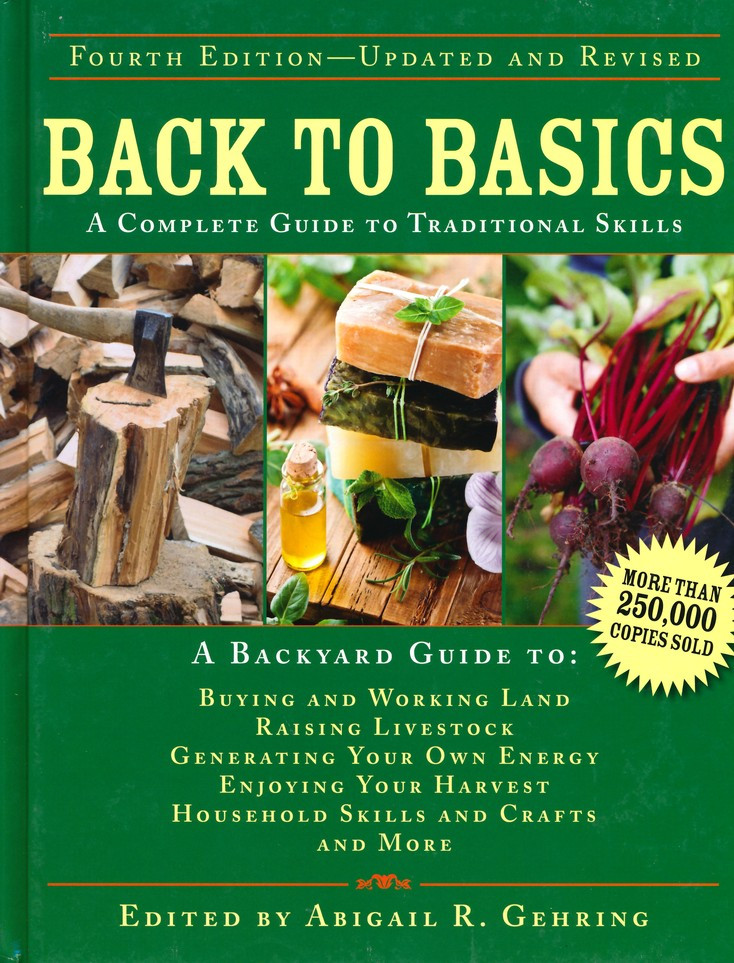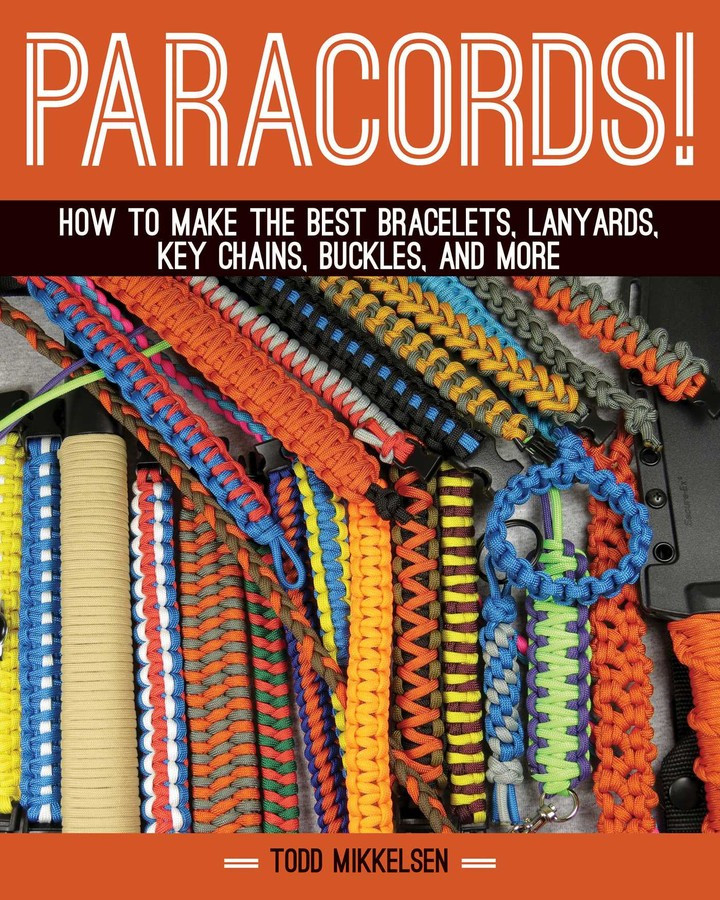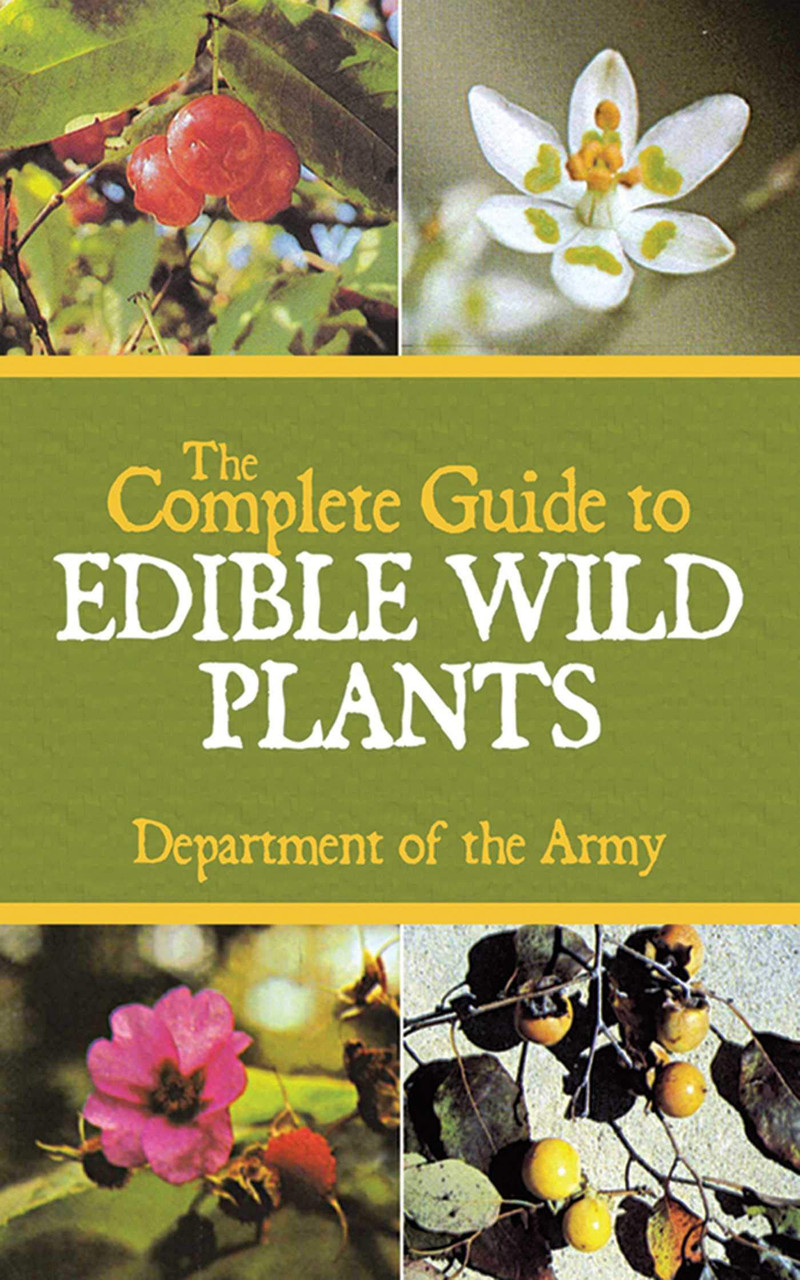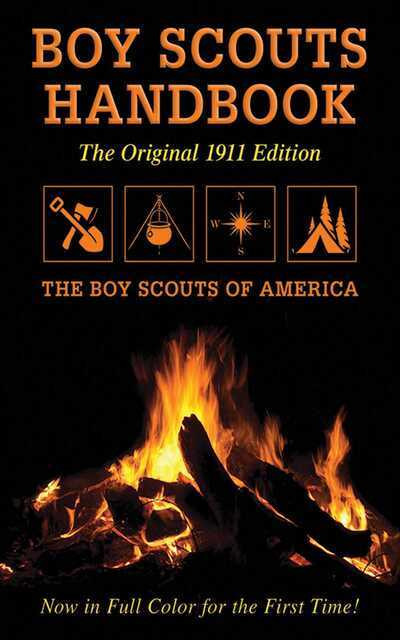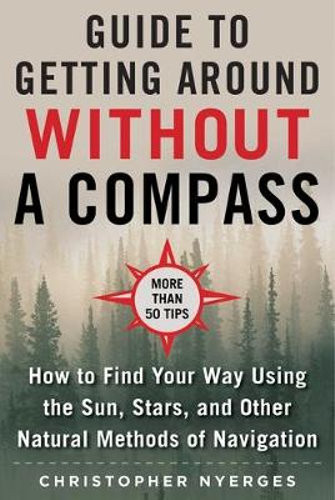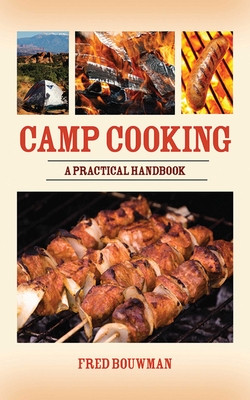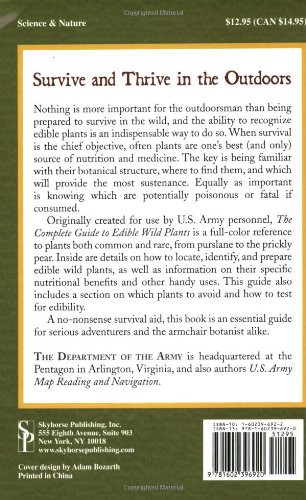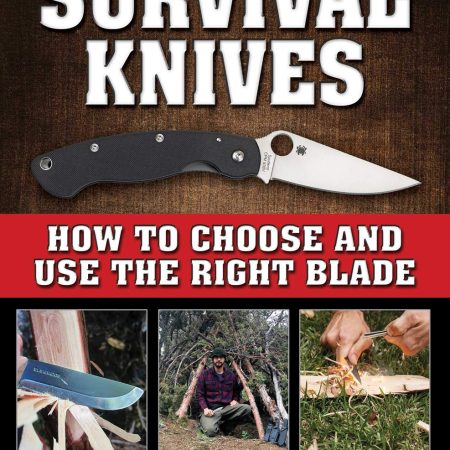| Content | Some survival guides explain the basics of how to make primitive tools. But do you know how to actually successful hunt with spear, throwing stick, bola, or primitive bow? Making tools that you do not know how to hunt with will not get you to meat. If you’re hunting with primitive weapons, especially crude survival weapons you’ve made in the field under actual survival conditions, you must adapt your strategy to the weapons available or go hungry.
Author James M. Ayres grew up in the Midwest hunting squirrels, rabbits, and other small game with bows, spears, atlatls, and bolas he made myself. He has hunted with bow, spear, net, and other primitive weapons with the Lacandon in Yucatán, the Igorots in the Philippines, the K’iche’ in Guatemala, the Sasak in Indonesia, and others. In Survival Knives, he shares his knowledge so you, too, can survive using such tools and weapons.
It’s not enough to have a knife and know how to make basic hunting weapons. That’s craftsmanship—not survival. Nor is it enough simply to have a knife when trapped in an emergency situation, like a collapsed building. You need to know how to conserve your knife and use it properly to escape so that it will not break and you are not injured.
Learn how to use survival knives, and how to use the tools and weapons you can make with the knife—not only in wilderness, but also in urban areas, foreign countries, and disaster zones such as earthquakes, floods, fires, and civil insurrections.
| Features of Pocket Guide to Emergency First Aid from Pocket Guides Publishing:
- Sections dealing with all kinds of medical emergency situations
- Great companion guidebook to the Pocket Guide to Outdoor Survival
- Spiral binding lets pages lay flat for easy reading in the field
- Side tabs let you find the right chapter quickly
- Fully waterproof (tested by soaking in water for months on end), and astonishingly durable - dirt-proof, tear-proof, wind-proof, kid-proof.
- Pages are made of specially formulated, heat-treated, PVC plastic - polished, resin-coated polyvinylchloride polymer). Pages feature:
- Bright white printing surface - all printing is clear and precise
- Virtual indestructibility - the pages can't rip or tear, and the corners won't bend over
- Flexibility - pages can bend without breaking
- Washable surface - just wipe clean after use or wash in water
- Steel rule die cut with polished edges - the corners won't poke you while in your hand or in your pocket, as often happens with plastic printed materials
- Will not warp, fade or deteriorate. (Keep out of direct sunlight for prolonged periods - nothing can prevent the sun's ultraviolet rays from "yellowing" any kind of paper or plastic. Under normal conditions it will take years of use for these Pocket Guides to "yellow", and even then they will remain clear and perfectly readable!)
| Essential Skills to Survive Any Crisis You're a backpacker or a hunter lost in the woods after sundown; what do you do? Your car flips over on an empty highway; how will you survive until morning? If you were left alone in the middle of the wilderness, would you be able to make it? While current technology, such as cell phones and GPS, is helpful, when you are lost in the wilderness the best things you can rely on are your own skills. Badass Survival Secrets will introduce you to everything that you need to survive when the unexpected happens. In this book you'll learn basic survival skills such as:- How to build a fire- How to find clean water- How to find food that is safe to eat- How to build a shelter- Basic navigation From the forest, to the tundra, and everywhere in between, Badass Survival Secrets contains all that you need to become a badass survivalist expert. Specifications:- Number of Pages: 128- Size: 6" x 9"- Type: Softcover. | Over 200,000 copies sold—fully updated! Dye your own wool, raise chickens, make your own cheddar cheese, build a log cabin, and much much more.
Anyone who wants to learn basic living skills—the kind employed by our forefathers—and adapt them for a better life in the twenty-first century need look no further than this eminently useful, full-color guide.
Countless readers have turned to Back to Basics for inspiration and instruction, escaping to an era before power saws and fast-food restaurants and rediscovering the pleasures and challenges of a healthier, greener, and more self-sufficient lifestyle.
Now newly updated, the hundreds of projects, step-by-step sequences, photographs, charts, and illustrations in Back to Basics will help you dye your own wool with plant pigments, graft trees, raise chickens, craft a hutch table with hand tools, and make treats such as blueberry peach jam and cheddar cheese. The truly ambitious will find instructions on how to build a log cabin or an adobe brick homestead.
More than just practical advice, this is also a book for dreamers—even if you live in a city apartment, you will find your imagination sparked, and there’s no reason why you can’t, for example, make a loom and weave a rag rug. Complete with tips for old-fashioned fun (square dancing calls, homemade toys, and kayaking tips), this may be the most thorough book on voluntary simplicity available. | In Paracord!, you'll find step-by-step instructions to take you through every project. Each step is accompanied by a color photo that clearly illustrates the process.
Todd Mikkelsen's Paracord! offers a diverse collection of projects that utilize parachute cords—known around the world as paracord. Used by paratroopers and other military personnel during World War II, this lightweight nylon rope is now one of the most sought-after materials by crafters. Its durability and flexibility make it perfect for creating everyday accessories such as belts, bracelets, buckles, necklaces, dog leashes and collars, key chains, and more. Projects include:
Two-Color Solomon Bar Bracelet
Shark Jaw Bone Bracelit
Locked Half Hitch Bracelet
West Country Whipping Inverted Bracelet
Genoese Quick Deploy Strap
Zipper Quick Deploy Sinnet
Three-VBord Braid Necklace with Breakaway Clasmps
ID Lanyard
And many more.
As you will see, this rope comes in various colors, from army green to hot pink, making it easy to personalize every type of project. Mikkelsen includes introductory chapters preparing your paracord for crafting, tying different types of knots, and caring for and cleaning your completed paracord projects.
| Now outdoorsman and survivalists can own the official US Army guide to edible plants. Whether you are a stranded soldier, a wilderness hiker, or you just want to know which plants growing in your backyard are edible, this is an invaluable resource.
Anyone who has spent serious time outdoors knows that in survival situations, wild plants are often the only sustenance available. The proper identification of these plants can mean the difference between survival and death.
This book describes habitat and distribution, physical characteristics, and edible parts of wild plants—the key elements of identification.
Hugely important to the book are its color photos. There are over one hundred of them, further simplifying the identification of poisonous and edible plants. No serious outdoors person should ever hit the trail without this book and the knowledge contained within it.
|

